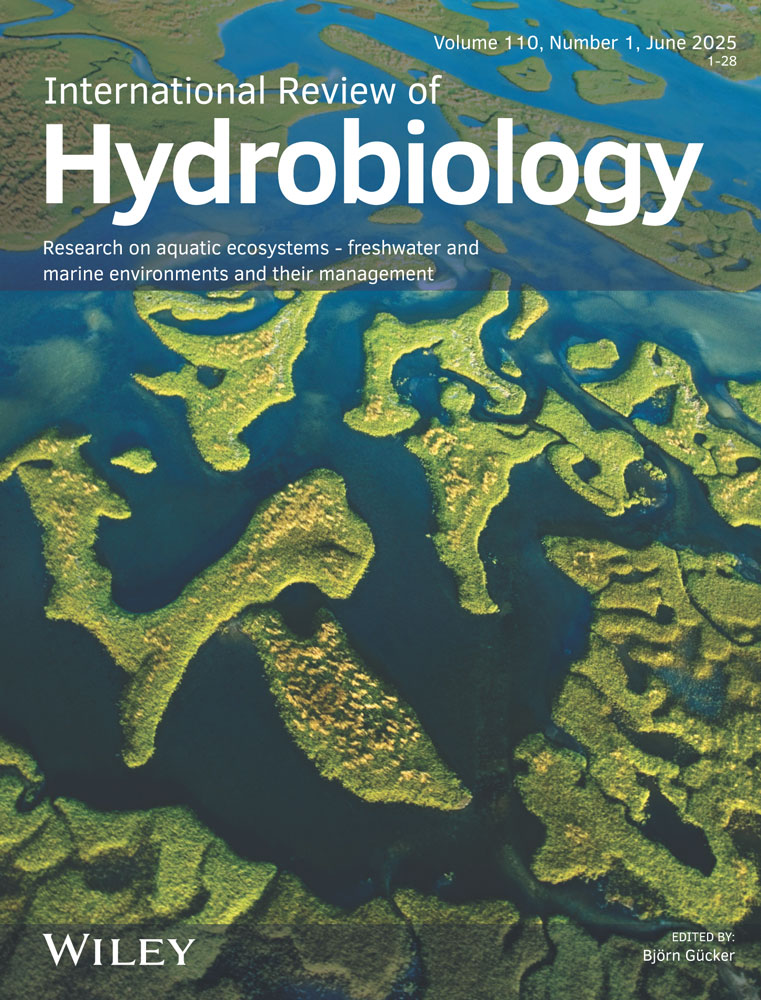A Study of Diaphanosoma Species (Crustacea: Cladocera) of the “Mongolianum” Group
Abstract
Material from 49 localities in Europe, Asia and Africa is used to study two similar Diaphanosoma species, viz. D. mongolianum UENO, 1938, and D. lacustris KORINEK, 1981, both of which were described earlier under other names, the most common of which were “D. brachyurum”, “D. leuchtenbergianum” and “D. birgei lacustris”. These species are redescribed in detail, consideration being given to interpopulational and individual morphological variability, the type material, and material from type localities. The morphology of the setae of the swimming antennae is studied in detail, and the author concludes that some of them are not only used for swimming but also perform a sensory function. Some aspects of the biology of the species are described. They inhabit water bodies of different types, are often so abundant that they constitute the main component of zooplankton communities, and are an important link in the trophic chain. Little known cases of the co-occurrence of Diaphanosoma species in a water body are described. Localities known for D. mongolianum and D. lacustris are situated mainly in the temperate and subtropical zones, the former species penetrating farther north than the latter. However, they are also found in the White Nile (Sudan) and Ethiopian lakes. This southward penetration may be connected with the azonal distribution of fluviatile fauna and with the altitude of Ethiopian lakes.




